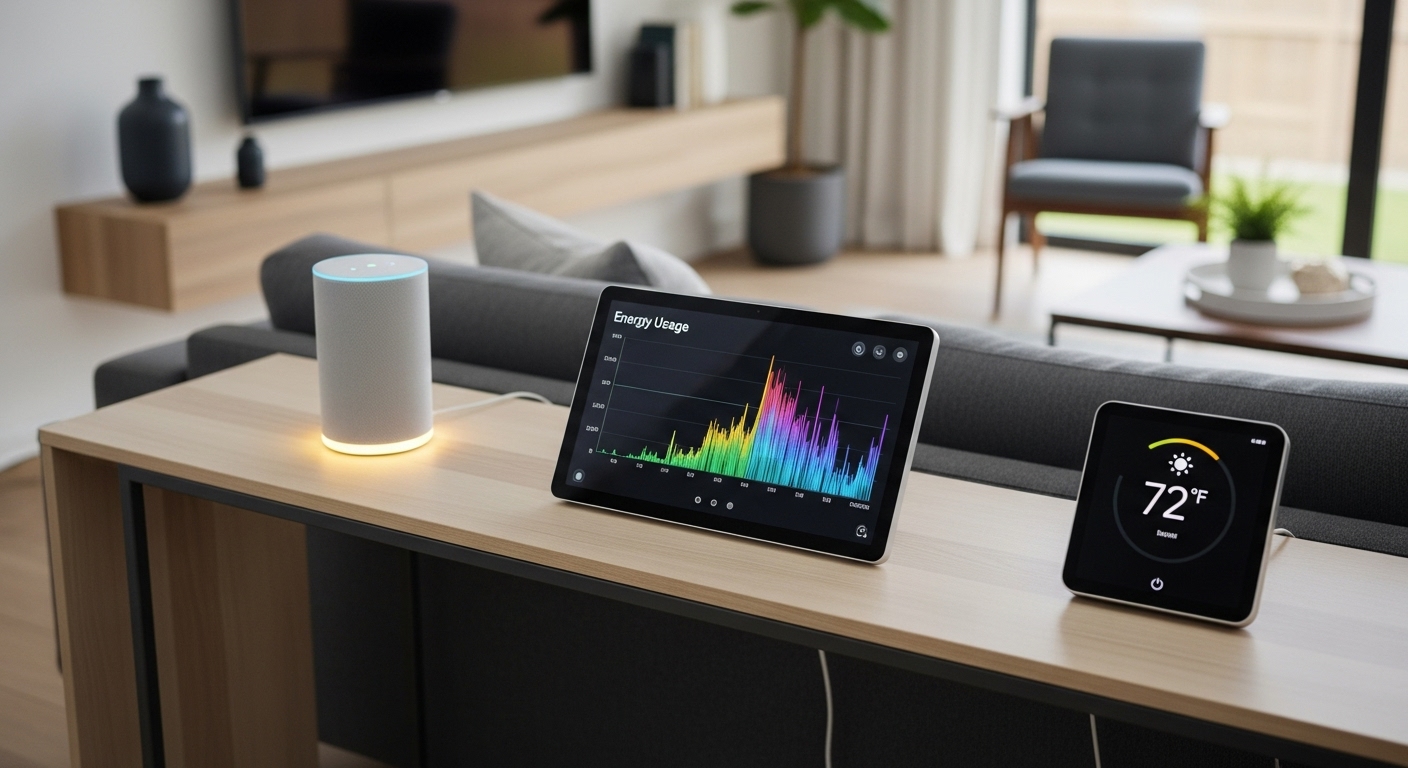Welcome to the ultimate guide to navigating the exciting world of smart home devices! As technology continues to weave its way into every aspect of our lives, the smart home has evolved from a futuristic fantasy into an everyday reality. In 2025, the market is flooded with options, making it both exhilarating and overwhelming to choose the right devices for your needs. Whether you’re looking to enhance security, boost energy efficiency, or simply add a touch of convenience to your daily routine, understanding the landscape of smart home technology is crucial.
This comprehensive guide will arm you with the essential buying tactics and expert automation secrets to create a truly intelligent and responsive home. We’ll delve into the latest trends, discuss potential pitfalls, and uncover strategies to maximize the value of your smart home investments. From selecting compatible devices to mastering automation techniques, we’ll cover everything you need to know to transform your house into a smart home hub. Let’s embark on this journey together and unlock the full potential of a connected living space.
In this guide, we will explore the following topics Smart Device Compatibility, understanding your needs, maximizing your budget, automating your home, energy efficiency, and future trends.
Smart Device Compatibility
One of the first and most crucial steps in building a smart home ecosystem is ensuring device compatibility. Incompatible devices can lead to frustration, limited functionality, and a fragmented user experience. Before purchasing any smart home product, carefully consider the communication protocols it uses and whether it integrates seamlessly with your existing devices and platforms. Some popular protocols include Wi-Fi, Bluetooth, Zigbee, and Z-Wave. Each has its strengths and weaknesses, so it’s essential to understand how they interact within your network.
Many smart home devices rely on a central hub or platform to coordinate their operations. Popular platforms like Amazon Alexa, Google Assistant, and Apple HomeKit offer varying degrees of compatibility with different devices. Check whether your chosen devices are certified to work with your preferred platform to avoid integration issues. Also, look for devices that support open standards like Matter, a new connectivity standard designed to unify the smart home ecosystem. As the Matter standard gains traction, it promises to simplify device compatibility and enhance interoperability across different brands and platforms.
Consider the long-term implications of your compatibility choices. Investing in a cohesive ecosystem from the outset can save you time, money, and headaches down the road. Research user reviews and expert opinions to identify devices and platforms that are known for their reliability and compatibility. By prioritizing compatibility, you can create a smart home environment that is seamless, intuitive, and truly intelligent.
Understanding Your Needs
Before diving into the vast selection of smart home devices, take a step back and assess your specific needs and priorities. What problems are you trying to solve? What aspects of your home life could benefit most from automation? Answering these questions will help you narrow down your options and focus on the devices that will deliver the most value for your investment. Start by identifying key areas of your home that you want to improve, such as security, energy efficiency, entertainment, or convenience.
If security is a top priority, consider investing in smart locks, security cameras, and motion sensors. These devices can provide real-time monitoring, remote access control, and instant alerts in case of emergencies. For energy efficiency, smart thermostats, smart lighting, and smart plugs can help you optimize your energy consumption and reduce your utility bills. These devices allow you to automate temperature settings, control lighting schedules, and monitor energy usage from anywhere.
Think about your lifestyle and daily routines. Are you a frequent traveler who needs to monitor your home remotely? Do you have elderly family members who could benefit from voice-controlled devices? Tailoring your smart home setup to your unique needs will ensure that you’re not just buying gadgets for the sake of it, but rather creating a truly personalized and functional living space. Consider future needs as well. As your family grows or your lifestyle changes, your smart home should be able to adapt and evolve with you.
Do you have needs for a smart irrigation system, consider that as well. These can save you money and time in the long run.
Maximizing Your Budget
Building a smart home doesn’t have to break the bank. With careful planning and strategic purchasing, you can create a sophisticated and functional smart home on a budget. One of the best ways to save money is to prioritize your needs and focus on the devices that will provide the most significant impact. Avoid impulse buys and resist the temptation to purchase every new gadget that hits the market. Instead, research your options, compare prices, and look for deals and discounts.
Consider starting small and gradually expanding your smart home ecosystem over time. Begin with a few essential devices that address your most pressing needs and then add more devices as your budget allows. This approach allows you to spread out the cost and avoid overwhelming yourself with too many new technologies at once. Also, take advantage of sales events like Black Friday and Cyber Monday to score significant discounts on smart home devices. Many retailers offer deep discounts on popular products during these events, so it’s a great time to stock up on the devices you’ve been eyeing.
Don’t overlook the potential for DIY solutions. Many smart home enthusiasts have found creative ways to build their own devices and automation systems using open-source platforms like Raspberry Pi and Arduino. While this approach requires some technical skills, it can be a cost-effective way to customize your smart home and create unique solutions that aren’t available commercially. Moreover, explore refurbished or used options for certain devices. Many reputable retailers offer certified refurbished smart home products at discounted prices. Just be sure to purchase from a trusted source and check the warranty policy before buying.

